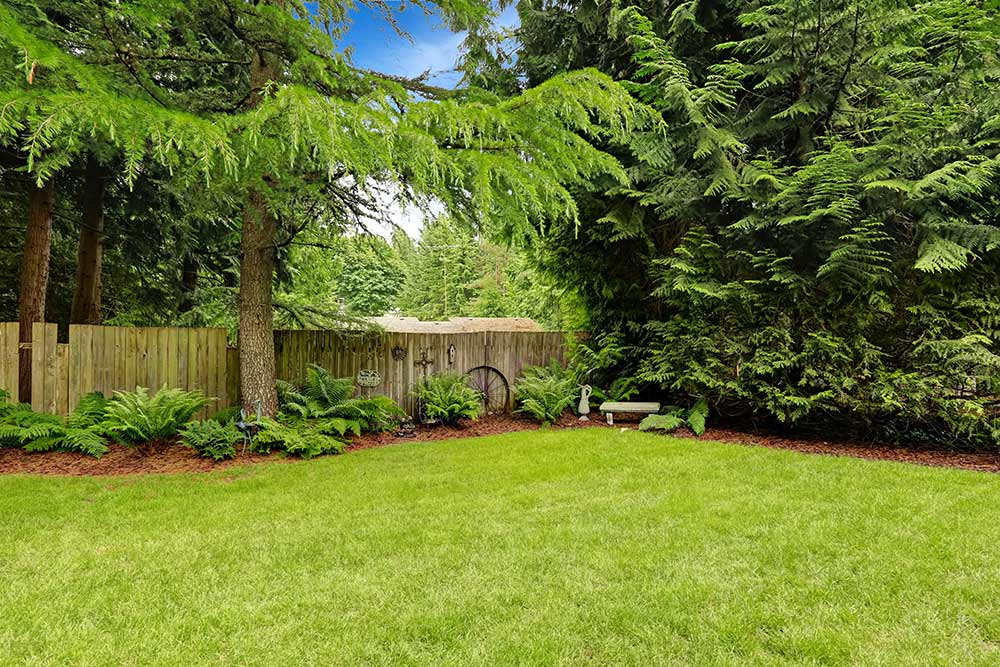
How to Solve Negative Drainage With Landscaping
When homes are built, the yards should be concave in shape. This creates a valley between yards to allow water to drain. When yards settle or aren’t properly shaped, you get a negative grade, meaning the water runs toward the home instead of draining. Solving the negative grade allows your yard to drain appropriately, leaving you with a healthier yard that you’re better able to enjoy. You should always contact a professional engineer before altering your grade so you don’t impact the ability of your neighbor’s yard to appropriately drain.
Things You’ll Need
- Stakes
- Tape Measure
- Twine
- Level
- Fill Dirt
- Rake
- Lawn Roller
- Top Soil
- Sod or Grass Seed
- Hose
- Sprinkler
- Landscape Timbers
- Saw
- Hammer
- Nails
- Plants
Install stakes in the yard at ten-feet intervals.
Wrap twine around the stakes so the twine creates a visual line from the house to the end of the yard.
Adjust the twine line so the twine slopes from the house to the end of the yard. Make sure the slope is at least six inches for every ten feet of yard.
Bring in fill dirt and rake it so the dirt slopes to match the twine.
Rent a lawn roller from a home improvement center and roll the dirt to compress it and prevent uneven settling.
Lay down several inches of topsoil and rake it level. Roll it with the lawn roller. The top soil promotes better lawn growth while rolling it prevents uneven settling of the yard.
Sod or reseed your yard to complete the lawn. Water daily to promote good lawn growth.
Lay landscape timbers around the base of your home to create a raised flower bed. Make the landscape timers at least two timbers high. Cut the timbers to fit with a saw and nail them together.
Fill the raised flower beds with topsoil.
Fill the raised flower beds with plants that require little water like cactus. Avoid plants that need frequent watering. You don’t want to introduce more water near the house.
Tips & Warnings
- Add gutter extensions to your downspouts to direct rain water away from the house.
- Talk to your local government officials to determine if you need to present plans or apply for a permit prior to regrading your lawn.
- Grade all sides of the house that have a negative grade. The result is a slight depression around the perimeter of your property so water naturally flows away from your property and to ditches or drains, depending upon your city’s infrastructure.
- Never attempt to regrade your lawn without consulting a professional engineer. If you create a water problem for your neighbors, you could face potential legal and financial ramifications.
References
Back Yard and Gardens: How to Use a Lawn Roller
HGTV: Landscape Makeover: Multi-level Yard
All About Lawns: Preparing Your Soil, Grading, and Edging
Easy Digging: Foundation Slope and Downspout Drainage
Buyers Protection Group: Extended Advice: Grade Slope



